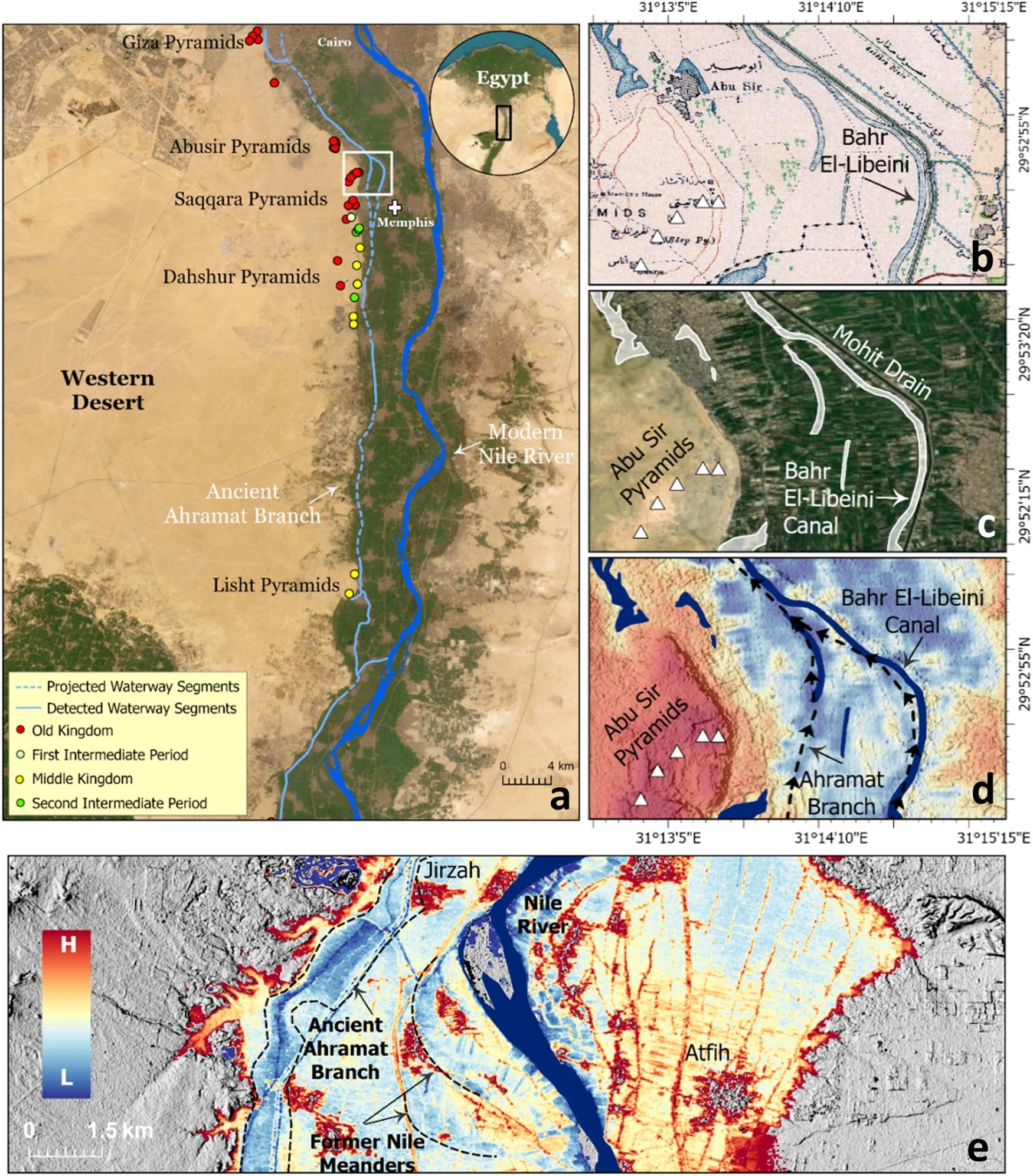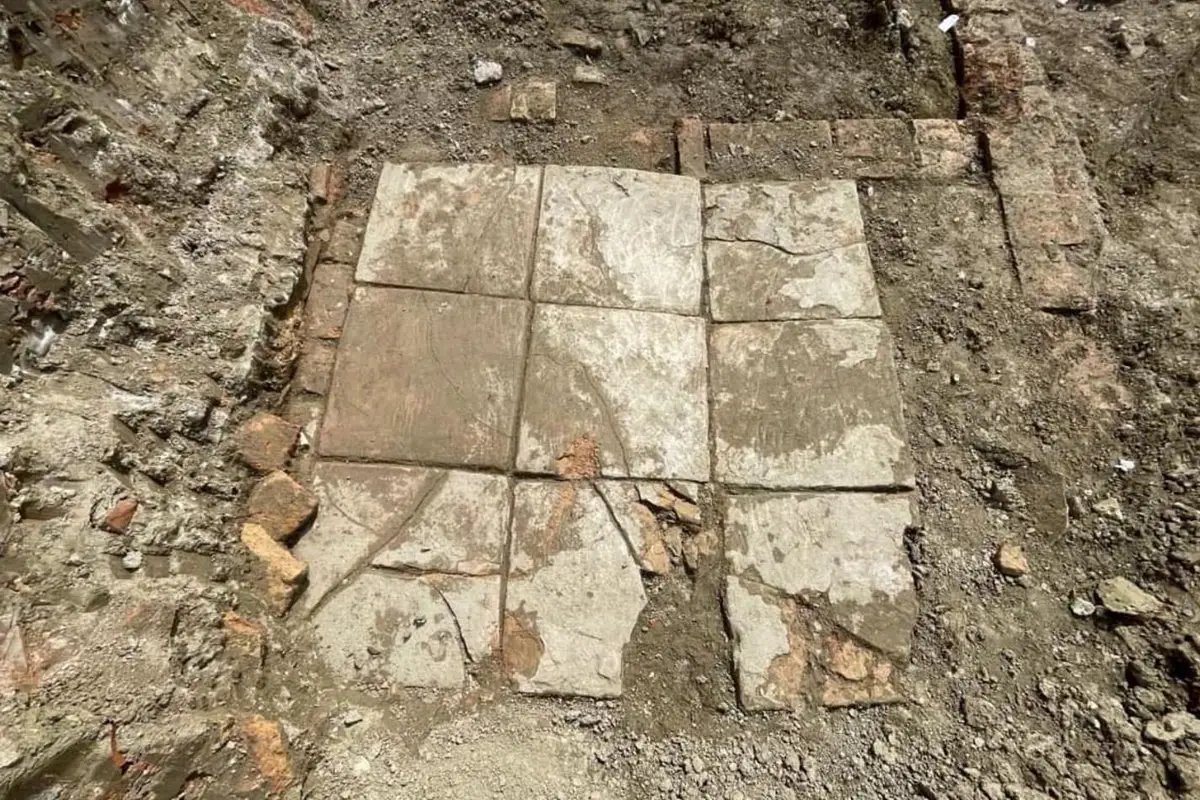Archaeology
Archaeologists explore the resettlement history of the Iron-Age metropolis of Tel Hazor
Archaeologists are conducting a study of the Iron-Age metropolis of Tel Hazor to understand how one of the largest “megacities” of the Bronze Age was abandoned and then resettled.
Tel Hazor is located north of the Sea of Galilee in the northern Korazim Plateau, Israel. From the Middle Bronze Age to the Iron Age, Tel Hazor emerged as one of the largest fortified cities in the Fertile Crescent, which the Book of Joshua described as “the head of all those kingdoms”.
Various sources from this period, including letters and clay tablets from cities in Syria and Egypt, indicate that Tel Hazor was a major trading hub and cultural melting pot for the entire Near East region.
A new project, titled: “Resettlement of Ruins and Memories in the Making – A Case Study on Hazor and the Shaping of Early Israelite Identities during the Iron Age”, is being conducted by researchers from the University of Oldenburg in partnership with the Hebrew University of Jerusalem and the University of Regensburg.
Around 1300 BC during the Late Bronze Age (LBA), a major destruction event with extensive burning left the city abandoned. However, Tel Hazor was repopulated during the Iron Age on a reduced scale.
The project objective is to understand which culture repopulated the city and provide new insights into the transition at Tel Hazor from the Bronze Age to the Iron Age based on archaeological findings and references in biblical texts. The Book of Joshua from the Old Testament, for instance, describes how the Israelites conquered Hazor, which was inhabited by Canaanites at the time.
Researchers from the fields of archaeology, social and cultural history, anthropology and Hebrew biblical studies, plan to create a comprehensive overview of the cultural and ethnic transformations that took place in the area between the Euphrates and the Sinai Peninsula during the transition – and of how the identity of the early Israelites developed in the course of these upheavals.
A second objective is the literary-historical and cultural-historical reconstruction of the accounts of Hazor and the Canaanites within the biblical tradition, and an examination of how these narratives are linked to the biblical imagination of Israel as an early tribal culture.
Hebrew Bible scholar and archaeologist Prof. Dr Benedikt Hensel, said: “In the biblical narratives, Hazor is portrayed as the capital of the Canaanites. This image is for the most part artificial, but over the centuries during which the biblical texts were compiled it endured – even long after the settlement had been abandoned.”
“Hazor serves as a counter-image to the Israelites, shaping the identity of biblical Israel through literary means,” he observes. The project team is investigating the potential historical anchor points of these identity-building processes,” added Hensel.
Header Image Credit : Maryam Matta
Sources : University of Oldenburg – Resettlement processes and cultural transformation in an ancient megacity
This content was originally published on www.heritagedaily.com – © 2023 – HeritageDaily
Archaeology
Groundbreaking study reveals new insights into chosen locations of pyramids’ sites

A groundbreaking study, published in the journal Communications Earth & Environment, has revealed why the largest concentration of pyramids in Egypt were built along a narrow desert strip.
Since the beginning of the Pharaonic era, the Nile River has played a fundamental role in the rapid growth and expansion of the Egyptian civilisation.
The Nile provided sustenance and functioned as the primary mode of transportation for goods and building materials, which explains why most of the main cities of the Egyptian civilisation were built in close proximity to the banks of the Nile and its peripheral branches.
Over the centuries, the primary channel of the Nile shifted laterally, causing these peripheral branches to silt up. As a result, population centres were cut off from the vital resources the river provided.
Image Credit : Eman Ghoneim et al
This is apparent with the pyramids along the Western Desert Plateau, where a majority of the pyramids are concentrated along a narrow desert strip several kilometres from the current primary channel of the Nile.
Using a combination of radar satellite imagery, geophysical data, and deep soil coring, the study has investigated the subsurface structure and sedimentology in the Nile Valley adjacent to the pyramid clusters.
This has revealed an extinct branch of the primary channel called the Ahramat Branch, which was connected to the pyramids of the Old and Middle Kingdoms via causeways and their Valley Temples.
According to the study authors: “The Ahramat Branch played a role in the monuments’ construction and was simultaneously active and used as a transportation waterway for workmen and building materials to the pyramids’ sites.”
The eastward migration and abandonment of the Ahramat Branch could be attributed to gradual movement of the river to the lower-lying adjacent floodplain or tilting of the Nile floodplain toward the northeast as a result of tectonic activity, as well as windblown sand incursion due to the branch’s proximity to the Western Desert Plateau.
Header Image Credit : Eman Ghoneim et al
Sources : Ghoneim, E., Ralph, T.J., Onstine, S. et al. The Egyptian pyramid chain was built along the now abandoned Ahramat Nile Branch. Commun Earth Environ 5, 233 (2024). https://doi.org/10.1038/s43247-024-01379-7
This content was originally published on www.heritagedaily.com – © 2023 – HeritageDaily
Archaeology
Archaeologists find Roman villa with ornate indoor plunge pool

Archaeologists from the National Institute of Cultural Heritage have uncovered a Roman villa with an indoor plunge pool during excavations at the port city of Durrës, Albania.
During antiquity, Durrës was founded by Ancient Greek colonists from Corinth and Corcyra.
The colony emerged into a major trading centre, which during the Roman period was annexed into the expanding territory of the Roman Republic following the conclusion of the Illyrian Wars.
By the 4th century, the city (named Dyrrachium), emerged as the capital of the Roman province of Epirus nova, covering the region of Ancient Epirus.
Image Credit : IKTK
Archaeologists excavating a former residential part of the ancient city have uncovered a high status Roman villa that dates from between the 1st and 4th century AD.
The villa interior contains an indoor pool, richly decorated with frescoes on the walls and mosaic flooring with tiles and inlays of marble, stone, glass and ceramics. Located adjacent to the pool are shallow square basins lined with waterproof mortar, believed to be the remains of an ancient water feature.
Within the northern area of the excavation site, archaeologists found a large brick floor from a thermae, a Roman bath, and further traces of walls from the wider complex.
In the western area, the team discovered fragments of relief stucco that was used to decorate the walls and ceilings of the villa. The reliefs depict anthropomorphic and floral motifs, further indicating the wealth of the villa inhabitants.
According to the archaeologists, the villa was destroyed by an earthquake in the 4th century, corresponding with ancient sources that describe a powerful earthquake causing buildings to collapse and the city defences to crumble.
Header Image Credit : IKTK
Sources : National Institute of Cultural Heritage
This content was originally published on www.heritagedaily.com – © 2023 – HeritageDaily
-

 Ghosts2 years ago
Ghosts2 years agoZozo: The Ouija Board Demon
-

 Space2 years ago
Space2 years agoScientists claim to have found the answer what existed before the Universe
-

 Ghosts2 years ago
Ghosts2 years agoOld Coot of Mount Greylock
-
Archaeology1 year ago
New discoveries at Ekʼ Balam during conservation works
-

 General3 years ago
General3 years agoUC San Francisco engaging in horrifying experiments, organ harvesting of live babies in the name of “science”
